Expansion of the Automotive Sector
The automotive industry is another pivotal driver for the Dye Intermediates Market. With the rise in vehicle production and the increasing emphasis on aesthetic appeal, the demand for high-quality dyes and pigments is on the rise. In 2025, it is estimated that the automotive sector will contribute around 15% to the overall dye intermediates market. This growth is attributed to the need for durable and weather-resistant coatings that enhance vehicle appearance and longevity. Additionally, the trend towards electric vehicles, which often feature unique color schemes, is likely to further stimulate the demand for specialized dye intermediates. As automotive manufacturers continue to innovate, the dye intermediates market is expected to adapt and grow in response to these evolving requirements.
Rising Demand from Textile Industry
The Dye Intermediates Market is experiencing a notable surge in demand, particularly from the textile sector. As fashion trends evolve, the need for vibrant and diverse color palettes has intensified. In 2025, the textile industry is projected to account for approximately 60% of the total dye intermediates consumption. This growth is driven by the increasing production of synthetic fibers, which require specific dye intermediates for coloration. Furthermore, the shift towards sustainable textiles is prompting manufacturers to seek eco-friendly dye solutions, thereby influencing the dye intermediates market dynamics. The interplay between consumer preferences for innovative designs and the textile industry's expansion is likely to sustain the demand for dye intermediates in the foreseeable future.
Growth in the Paints and Coatings Sector
The paints and coatings industry is a significant contributor to the Dye Intermediates Market, driven by the increasing demand for decorative and protective coatings. In 2025, this sector is projected to account for approximately 25% of the total dye intermediates consumption. The rise in construction activities and infrastructure development is fueling the need for high-performance coatings that require specialized dye intermediates. Additionally, the trend towards eco-friendly and low-VOC (volatile organic compounds) coatings is prompting manufacturers to explore innovative dye solutions. As the paints and coatings market continues to expand, the dye intermediates market is expected to benefit from this growth, with an emphasis on sustainable and high-quality products.
Increasing Focus on Sustainable Practices
Sustainability is becoming a central theme in the Dye Intermediates Market, as consumers and manufacturers alike prioritize eco-friendly practices. The demand for sustainable dye intermediates is on the rise, driven by regulatory pressures and consumer awareness regarding environmental issues. In 2025, it is estimated that the market for sustainable dye intermediates will grow by 30%, reflecting a shift towards greener alternatives. This trend is prompting manufacturers to invest in research and development to create biodegradable and non-toxic dye intermediates. As sustainability becomes a key differentiator in the market, companies that adapt to these changing preferences are likely to gain a competitive edge, thereby influencing the overall dynamics of the dye intermediates market.
Technological Innovations in Dye Production
Technological advancements are playing a crucial role in shaping the Dye Intermediates Market. Innovations in production processes, such as the development of more efficient synthetic pathways and the introduction of biotechnological methods, are enhancing the quality and reducing the environmental impact of dye intermediates. In 2025, it is anticipated that these technological improvements will lead to a 20% increase in production efficiency. Moreover, the integration of automation and digitalization in manufacturing processes is streamlining operations, thereby reducing costs and improving product consistency. As manufacturers adopt these cutting-edge technologies, the dye intermediates market is likely to witness a transformation that aligns with contemporary sustainability goals and consumer expectations.


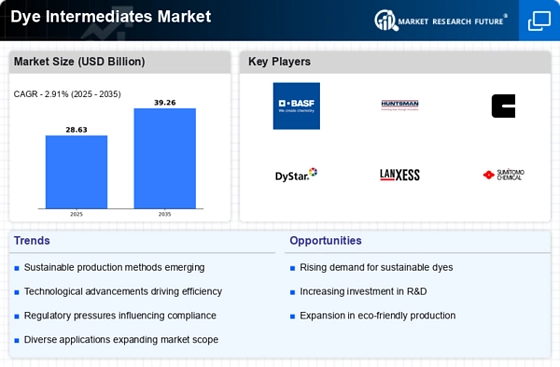
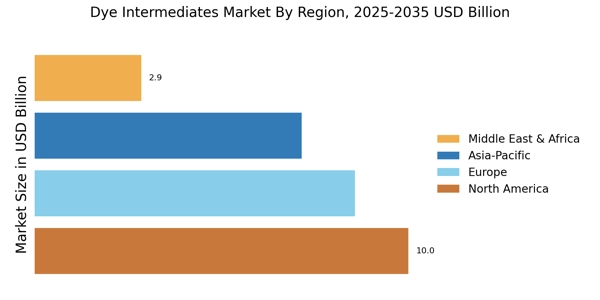

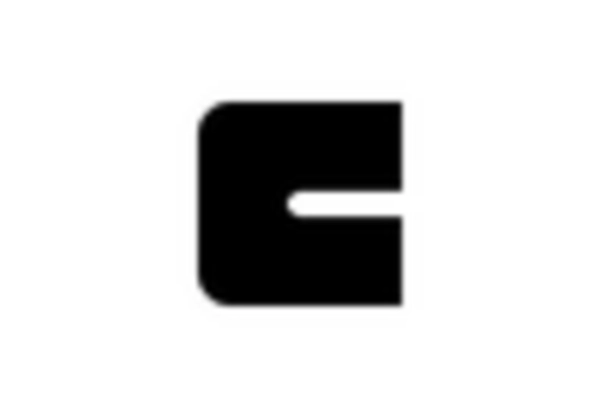
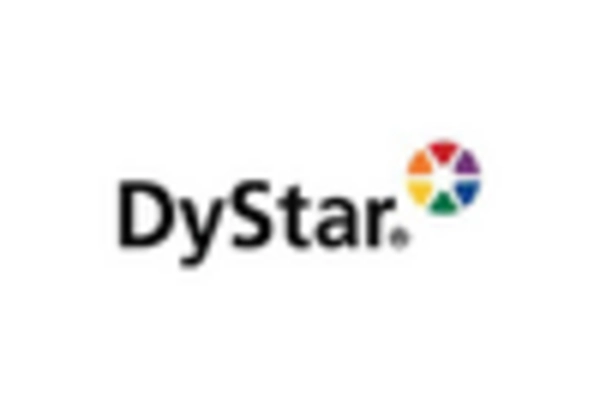

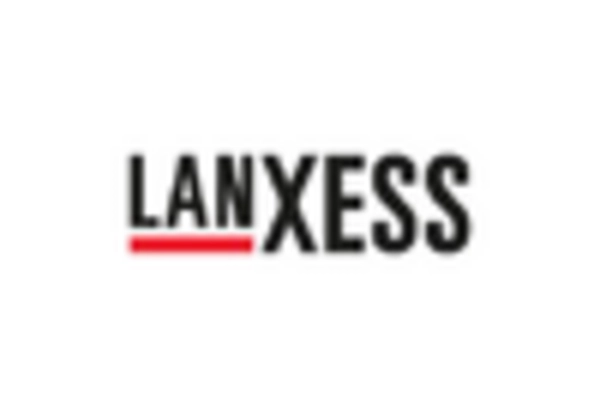
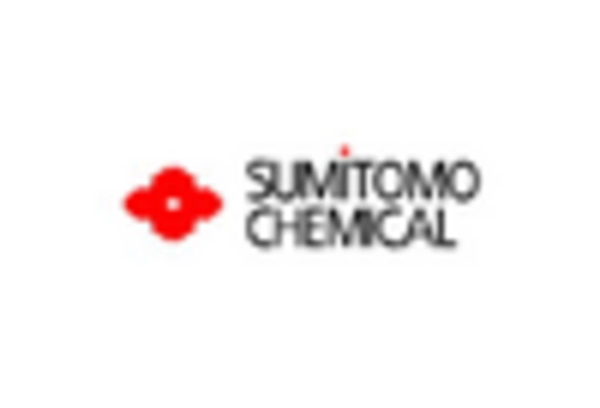








Leave a Comment